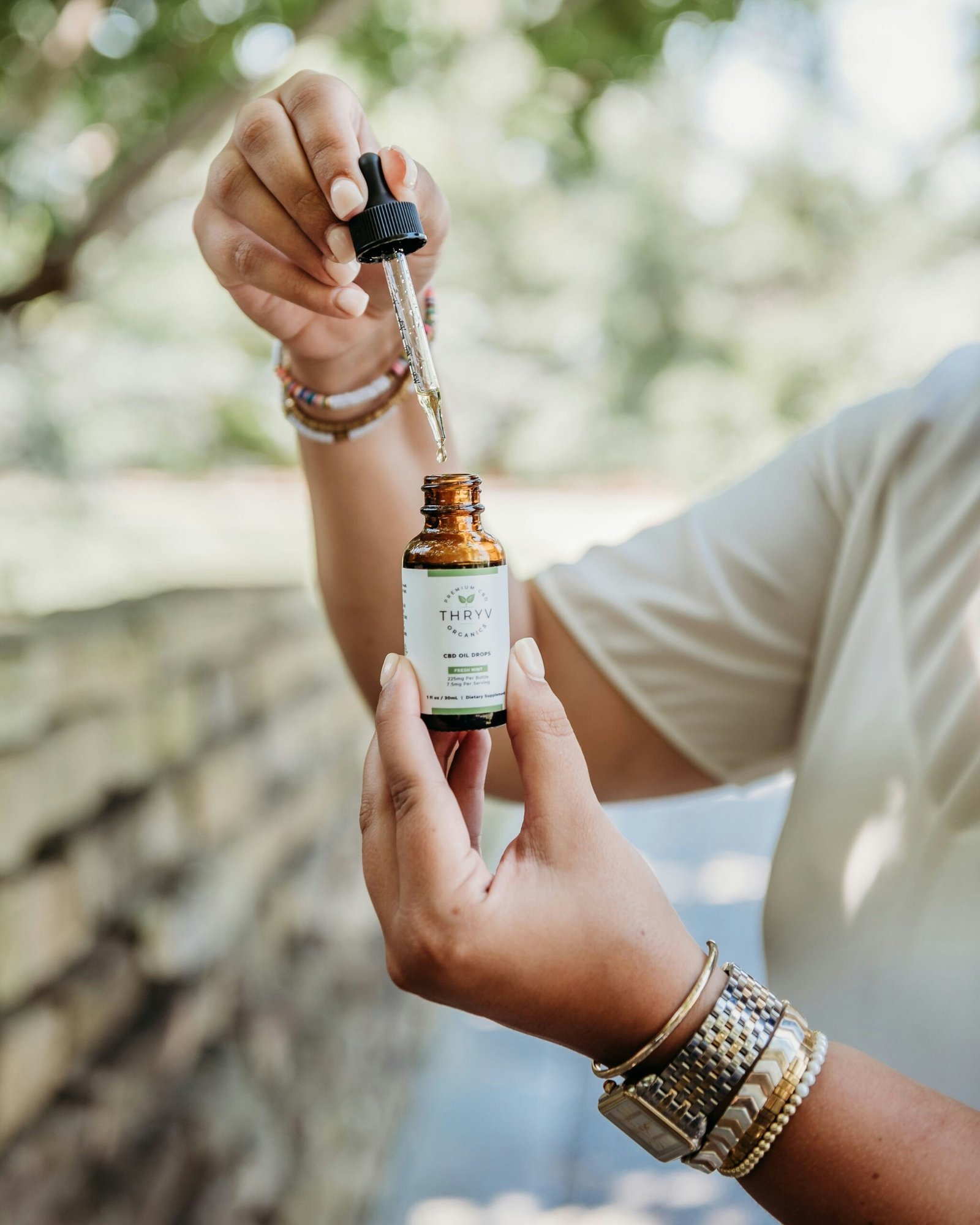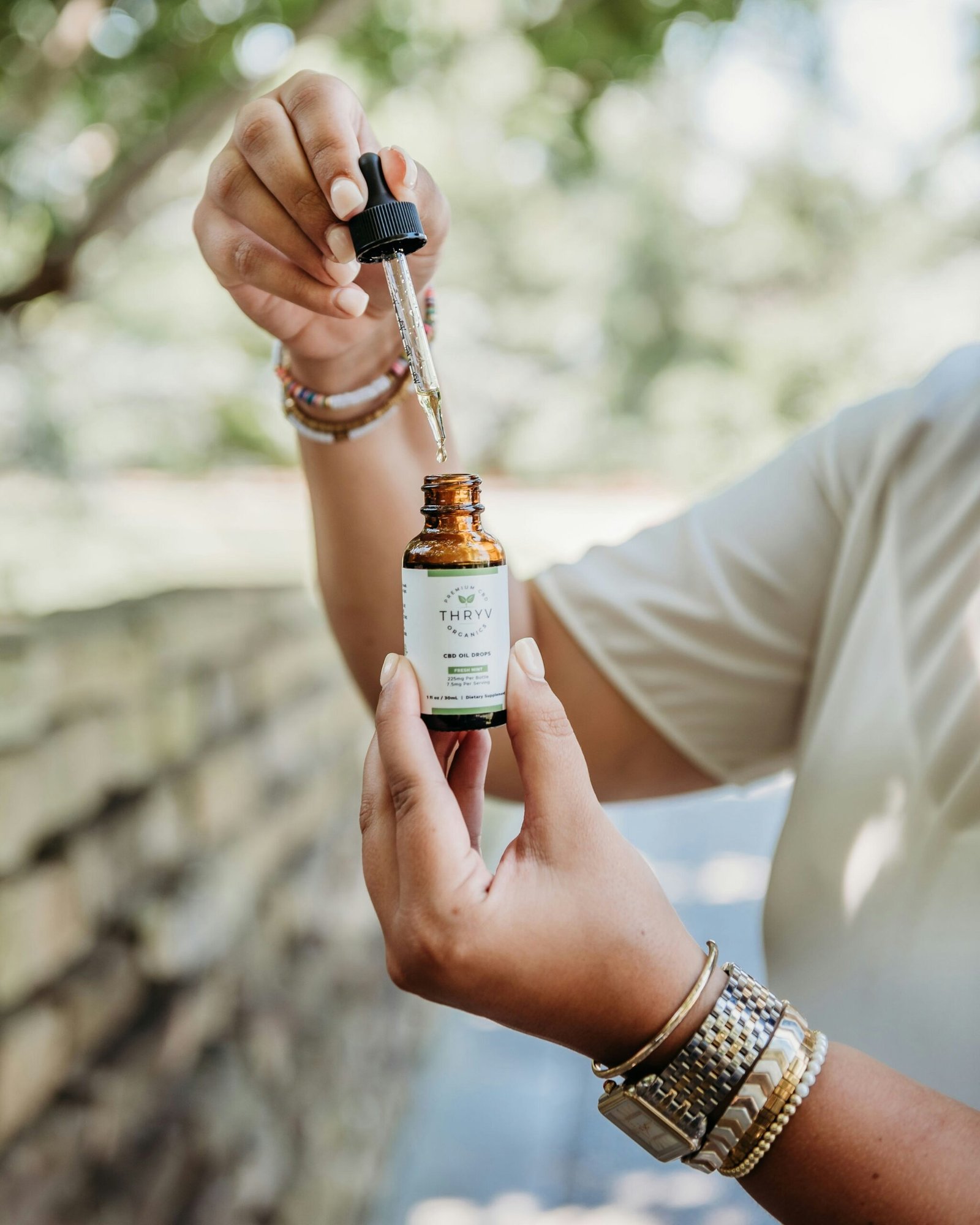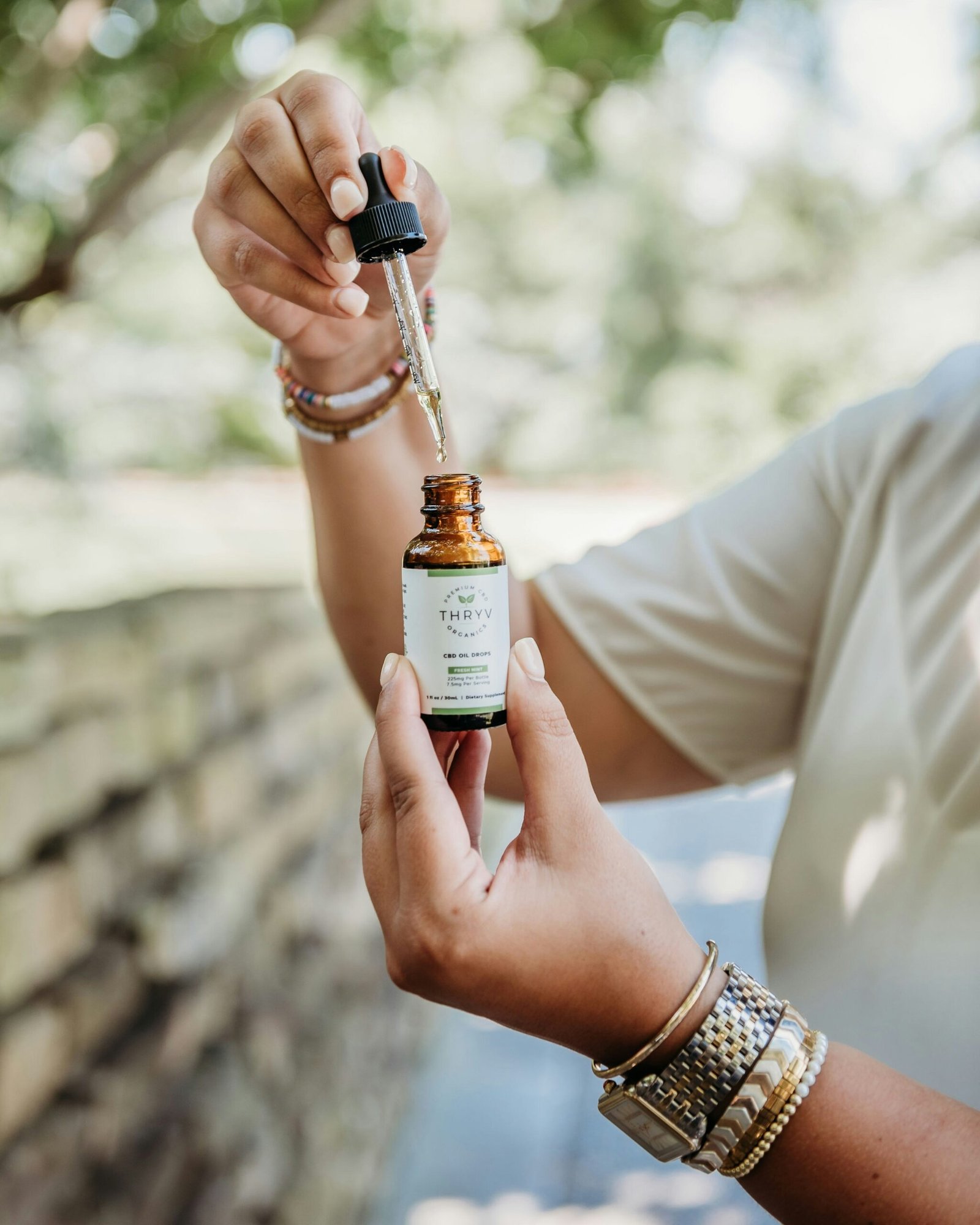
Introduction to THC and CBD
THC (tetrahydrocannabinol) and CBD (cannabidiol) are two prominent compounds derived from the cannabis plant, renowned for their unique properties and various applications. Originating from the Cannabis sativa species, both THC and CBD belong to a class of compounds known as cannabinoids, which are the primary active ingredients offering therapeutic potential and psychoactive effects.
The chemical structures of THC and CBD are remarkably similar, each comprising 21 carbon atoms, 30 hydrogen atoms, and two oxygen atoms. Nonetheless, their distinct arrangements give rise to different effects on the human body. THC is chiefly recognized for its psychoactive properties, responsible for the “high” associated with marijuana use. On the contrary, CBD is non-psychoactive and has garnered considerable attention for its potential therapeutic benefits without inducing a euphoric state.
Both THC and CBD interact with the body’s endocannabinoid system (ECS), a complex cell-signaling network integral to maintaining physiological balance. This system comprises cannabinoid receptors (CB1 and CB2), endogenous cannabinoids (endocannabinoids), and enzymes responsible for their breakdown. THC binds predominantly to CB1 receptors located in the brain and nervous system, leading to its psychotropic effects. Meanwhile, CBD interacts more subtly with CB1 and CB2 receptors and even influences non-cannabinoid receptors, which contributes to its broad range of effects.
Medically, these cannabinoids have displayed potential in alleviating symptoms associated with various conditions. THC is often utilized for its analgesic, anti-nausea, and appetite-stimulating properties, making it valuable in managing pain and side effects of cancer treatments. CBD, on the other hand, has been explored for its anti-inflammatory, anti-anxiety, and neuroprotective benefits, showing promise in treating epilepsy, anxiety disorders, and chronic pain.
Recreationally, THC remains the dominant compound sought after for its mind-altering experience. Conversely, CBD has gained popularity particularly in wellness circles, being incorporated into various products designed to promote relaxation and general well-being without intoxication. These dynamics set the foundation for understanding the clinical potentials of THC and CBD, particularly in the context of cancer treatment.
THC for Cancer Treatment
Tetrahydrocannabinol (THC) has garnered significant attention in the medical community for its potential benefits in alleviating symptoms associated with cancer and its treatments. One of the primary reasons for its widespread interest is its efficacy in managing chronic pain—a common issue faced by cancer patients. The analgesic properties of THC are well-documented, making it a valuable alternative or adjunct to opioid painkillers, which come with a host of undesirable side effects.
Nausea and vomiting induced by chemotherapy treatments pose another significant challenge for cancer patients. THC has been shown to be effective in reducing these symptoms, thereby enhancing the patient’s overall quality of life. This antiemetic effect has led to the approval of synthetic THC (dronabinol) by the FDA for use in cancer chemotherapy patients. Moreover, THC has the added benefit of stimulating appetite, countering the severe weight loss and malnutrition that often accompany cancer and its treatment.
Scientific studies and clinical trials provide a robust framework for understanding the potential benefits and risks associated with THC usage in cancer treatment. A number of research articles highlight its effectiveness in symptom management, reinforcing anecdotal evidence from patients. For instance, a clinical trial published in the Journal of Pain and Symptom Management demonstrated substantial pain relief in cancer patients using THC-based treatments compared to a placebo.
However, the utilization of THC is not without its drawbacks. Potential side effects include dizziness, cognitive impairments, and in some cases, exacerbation of anxiety and paranoia. Long-term usage can also lead to dependency issues. Additionally, while THC relieves certain symptoms, there is limited evidence suggesting that it has a direct impact on cancer cell proliferation or tumor shrinkage.
In summary, while THC offers numerous benefits in alleviating pain, nausea, and appetite loss associated with cancer and its treatments, it is essential to weigh these benefits against the potential risks and side effects. Ongoing research and clinical trials continue to deepen our understanding, guiding both patients and healthcare providers in making informed decisions.
CBD for Cancer Treatment
Cannabidiol (CBD) has garnered considerable interest in the field of oncology due to its promising therapeutic properties. Unlike THC, CBD does not produce psychoactive effects, making it an appealing option for patients seeking relief without the associated high. Predominantly, CBD interacts with the body’s endocannabinoid system (ECS), modulating various physiological processes. Key among these are its anti-inflammatory, anti-tumor, and analgesic properties, which have been substantiated by multiple research studies.
Anti-inflammatory properties of CBD are particularly relevant in cancer treatment, as inflammation is a hallmark of cancer progression. By interacting with CB2 receptors and other molecular pathways, CBD has been shown to reduce the production of pro-inflammatory cytokines, thereby mitigating inflammation and potentially slowing tumor growth. Numerous preclinical studies support these claims, although clinical trials in humans are still emerging.
Additionally, CBD exhibits anti-tumor effects, a significant factor in combating cancer. Research indicates that CBD can induce apoptosis (programmed cell death) and inhibit cell proliferation in various types of cancer, including breast, lung, and colon cancers. These effects are achieved through mechanisms such as oxidative stress induction and suppression of angiogenesis (formation of new blood vessels that supply the tumor with nutrients). While these findings are promising, it is important to note that more extensive human studies are needed to generalize these results.
The analgesic properties of CBD help alleviate cancer-associated pain, a prevalent symptom that significantly diminishes quality of life. By interacting with TRPV1 receptors, among others, CBD can modulate pain perception and provide substantial relief for patients. Some clinical trials have noted improvements in pain management when CBD is incorporated into treatment plans, highlighting its potential as an adjunct therapy.
Despite its benefits, CBD is not without limitations and potential side effects. Common side effects reported include fatigue, diarrhea, and changes in appetite or weight. Moreover, CBD can interact with other medications, which necessitates careful consideration and medical supervision when used in conjunction with standard cancer therapies. While preliminary evidence supports the therapeutic potential of CBD, ongoing research and clinical trials are essential to fully understand its efficacy and safety in cancer treatment.
Can My Doctor Prescribe CBD Oil?
The legal landscape surrounding CBD oil is complex and varies significantly across different regions. In some countries, CBD oil is classified as a controlled substance, while in others, it is available over the counter or via prescription. In regions where CBD oil is legally recognized for medical use, doctors can prescribe it under specific conditions. Typically, the prescription process involves a thorough consultation during which the doctor assesses the patient’s medical history, current condition, and the potential benefits and risks of using CBD oil.
In many places, CBD oil is prescribed for conditions such as chronic pain, epilepsy, anxiety, and sleep disorders. More recently, it has gained traction as a potential adjunct treatment for cancer-related symptoms, including pain and nausea. However, the prescribing process is governed by strict guidelines. Physicians must ensure that the product being prescribed complies with local regulations, which often stipulate specific concentrations of CBD and THC (tetrahydrocannabinol), the psychoactive compound in cannabis.
The consultation process is crucial for determining the appropriateness of CBD oil for a patient’s condition. During the consultation, doctors will typically discuss the possible interactions of CBD with other medications the patient may be taking. They will also review clinical evidence supporting the use of CBD for the patient’s specific condition and outline potential side effects. Patients should be prepared to provide comprehensive medical history information and may also need to undergo specific medical tests to ascertain their suitability for CBD treatment.
It is important for patients to understand that while CBD oil may offer therapeutic benefits, it is not a cure-all and should be used as part of a broader treatment plan. The decision to use CBD oil should be made in collaboration with a medical professional who can provide guidance based on a patient’s unique medical needs and the pertinent legal considerations.“`html
Can CBD Oil Make You High?
One of the most frequently asked questions about CBD oil pertains to its psychoactive effects. It’s essential to understand that CBD (cannabidiol) and THC (tetrahydrocannabinol) are two distinct compounds found in the cannabis plant, and they interact with the brain in different ways.
THC is well-known for its psychoactive properties. It binds directly to CB1 receptors in the brain, producing the “high” often associated with cannabis use. CBD, on the other hand, does not directly bind to these receptors. Instead, it influences them indirectly and modulates the effects of various neurotransmitters. As a result, CBD does not produce any psychoactive effects.
However, it is crucial to pay attention to product labeling when purchasing CBD oil. Some CBD products may contain trace amounts of THC, potentially up to 0.3% under federal regulations in certain regions. While this amount is typically not enough to cause any psychoactive effects, individuals who are particularly sensitive to THC or who need to avoid it entirely should look for products labeled as “THC-free” or “broad-spectrum CBD.”
Additionally, it’s essential to purchase CBD products from reputable sources that provide third-party lab testing results. These tests can confirm the exact levels of THC and ensure that you’re getting a product that meets your expectations and safety standards.
In conclusion, while CBD oil itself does not have psychoactive effects, the presence of trace amounts of THC in some products can be a point of concern for some users. Understanding the differences between THC and CBD and being vigilant about product labeling and sourcing can help consumers make informed decisions about their use of CBD oil.
Do CBD Gummies Get You High?
When evaluating the effects of CBD gummies, a frequent question is whether these products can cause a ‘high’. This concern largely stems from the association of CBD with its more well-known counterpart, THC, which is known for its psychoactive properties. However, it is crucial to distinguish between different types of CBD products—namely full-spectrum, broad-spectrum, and isolate CBD gummies—as each of these categories contains varying levels of THC, if any at all.
Full-spectrum CBD gummies contain a wide range of cannabinoids, terpenes, and other compounds found in the cannabis plant, including THC. The THC content in hemp-derived full-spectrum products is generally limited to 0.3% or less, a level established by the 2018 Farm Bill to differentiate hemp from marijuana. Though the amount of THC in full-spectrum CBD gummies is minimal and not typically sufficient to induce a psychoactive high, sensitive individuals may still experience subtle effects.
On the other hand, broad-spectrum CBD gummies also comprise a variety of cannabinoids and terpenes, but they undergo additional processing to remove THC almost entirely. As such, broad-spectrum CBD gummies do not cause a high, making them a preferred choice for those who wish to avoid THC while still benefiting from the use of other cannabis-derived compounds.
Lastly, CBD isolate gummies strictly contain purified CBD, with all other cannabinoids, including THC, thoroughly eliminated. Consumption of CBD isolate gummies will not produce a high, ensuring no psychoactive effects are experienced. This type of CBD product is often favored by individuals concerned about ingesting any THC or those undergoing frequent drug testing.
It is important for consumers to be well-informed and read product labels carefully to choose the type of CBD product that best meets their personal and therapeutic needs. By understanding the distinctions between full-spectrum, broad-spectrum, and isolate CBD gummies, individuals can make educated decisions and mitigate concerns about unwanted psychoactive effects.
Is CBD Oil a Drug?
The classification of CBD oil as a drug hinges on legal and therapeutic definitions. Legally, a drug is typically defined as any substance intended for use in the diagnosis, cure, mitigation, treatment, or prevention of disease. From a therapeutic perspective, a drug can influence both the physical and mental state of the body. Whether CBD oil fits these criteria has been a topic of extensive debate and scrutiny.
The U.S. Food and Drug Administration (FDA) has played a pivotal role in this discourse. In June 2018, the FDA approved Epidiolex, a CBD-based oral solution, explicitly for the treatment of seizures associated with two rare and severe forms of epilepsy. This approval marked CBD as an active ingredient with therapeutic benefit, hence categorized as a drug. However, the broader classification of CBD oil, especially those sold as supplements, remains complex.
The FDA stipulates that products intended to diagnose, treat, prevent, or cure diseases meet the drug definition and thus require stringent approval processes. Many over-the-counter CBD products claim therapeutic benefits without FDA approval, remaining in a regulatory grey area. Consequently, their classification as drugs is contingent on marketing claims and intended usage. Other health organizations worldwide have adopted varied stances, reflecting a lack of consensus on the issue.
From a usage and safety perspective, the regulatory ambiguity of CBD oil bears significance. Appropriate dosing, potential side effects, and interaction with other medications are pivotal concerns for consumers and healthcare providers. Under-regulated CBD products may vary in quality and consistency, posing risks rather than promoting health benefits.
Overall, while certain CBD formulations like Epidiolex are unequivocally categorized as drugs, the broader status of CBD oil remains fluid. The ongoing regulatory evolution and scientific research will likely shape its future classification and usage guidelines, continuing to influence public perception and therapeutic utilization.
Conclusion: Making an Informed Choice
Understanding the potential roles of THC and CBD in cancer treatment is an evolving area of medical research. Each compound exhibits unique properties that may offer therapeutic benefits, yet they are distinct in their mechanisms and effects. THC, primarily known for its psychoactive properties, has shown promise in managing pain and nausea associated with cancer and chemotherapy. Conversely, CBD is praised for its anti-inflammatory and anti-anxiety benefits without producing a “high,” making it a potentially safer option for many patients.
When considering these options, it is essential for patients to engage in comprehensive discussions with their healthcare providers. Medical professionals can provide personalized advice tailored to the patient’s specific condition, treatment goals, and overall health. This dialogue should cover the potential benefits and risks of both THC and CBD, taking into account current scientific evidence, possible drug interactions, and legal considerations.
Other factors to consider include the patient’s tolerance to cannabis compounds, potential side effects, and the legal status of these substances in their location. As regulatory landscapes surrounding medical cannabis continue to evolve, staying informed about the latest guidelines and research is crucial. Reliable sources such as peer-reviewed journals, professional medical associations, and government health agencies can provide valuable information.
Ultimately, the choice between THC and CBD, or a combination of both, should be guided by a patient-centric approach emphasizing informed decision-making and personalized care. Collaborating with healthcare professionals ensures that patients receive comprehensive support and can make the best possible choices for their individual needs. With ongoing advancements in medical research, the future may hold even greater potential for using these compounds in cancer treatment, underscoring the importance of remaining engaged with the latest developments.




best usa online casinos that payout, real money online gambling
canada and online casino available in australia, or gambling statistics in usa
Take a look at my web blog – stained Glass scraps for Sale